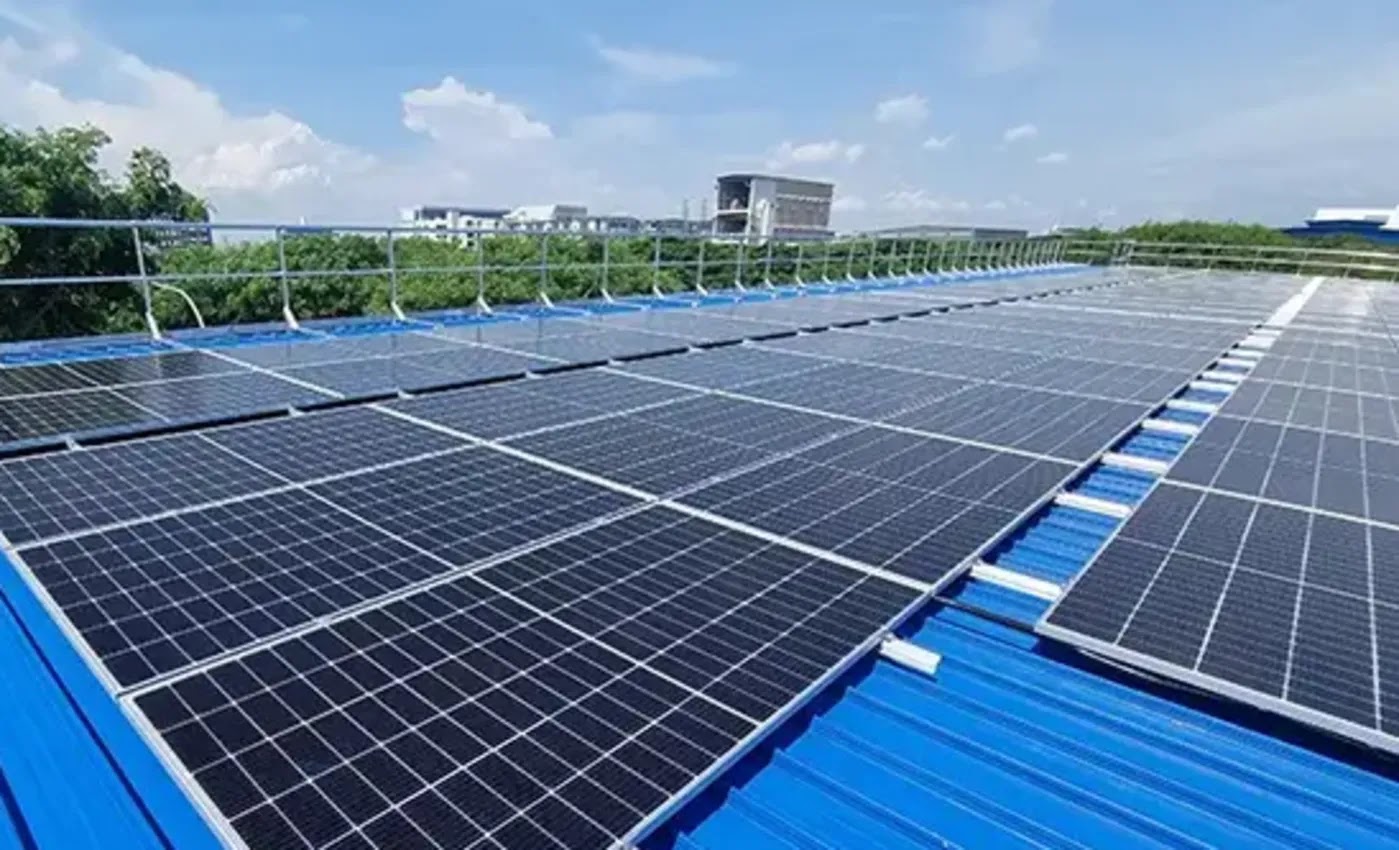Singapore’s ambitious plan to decarbonize its energy system has taken a significant leap forward. In a major regional development, the country will soon begin importing 1 gigawatt (GW) of electricity from solar power plants in Indonesia’s Riau Province. This landmark project marks one of the largest Singapore solar power import deals to date and reflects a broader shift towards clean energy cooperation in Southeast Asia.
Under the agreement, signed by Singapore’s Energy Market Authority (EMA) and a consortium led by PacificLight Power and Jakarta-based Medco Power Indonesia, solar electricity generated in Riau will be transmitted via undersea cables to power homes and industries in Singapore. With solar panels covering a vast land area and combined with battery storage systems, the project is expected to come online by 2027.
This article explores the implications of this solar trade initiative, from climate goals and economic potential to regional cooperation in the clean energy space.
Riau-Singapore Deal: A Regional Energy Breakthrough
The Singapore solar power import agreement with Indonesia is part of the city-state’s broader strategy to import up to 4 GW of low-carbon electricity by 2035. Given Singapore’s limited landmass and high urban density, large-scale domestic renewable energy development is not feasible. Hence, cross-border partnerships are critical to its green transition.
The Riau project is particularly noteworthy due to its:
- Scale: Supplying 1 GW, roughly 8% of Singapore’s current electricity needs.
- Technology: Integration of advanced photovoltaic (PV) systems and energy storage solutions.
- Connectivity: Construction of undersea transmission lines spanning about 50 km.
According to EMA, this project is not only about energy supply but also about regional cooperation and economic opportunity. It is one of the first successful examples of solar energy cooperation between two Southeast Asian nations at such a massive scale.
Indonesia, meanwhile, benefits through foreign investment, job creation in Riau, and acceleration of its own renewable energy targets. The partnership reinforces Indonesia’s role as a key player in the Southeast Asia energy ecosystem.
Indonesia’s Renewable Energy Momentum
For Indonesia, this project is more than just a power export deal. It’s a sign of growing confidence in its renewable energy capabilities. As the world’s fourth most populous country, Indonesia has abundant solar, geothermal, wind, and hydropower resources, yet its energy mix remains dominated by coal.
The solar power infrastructure in Riau will include:
- Large-scale solar farms, possibly floating on water bodies.
- Battery energy storage systems to stabilize energy supply.
- Smart grid integration to optimize energy flow and reduce transmission loss.
This move aligns with Indonesia’s national goal of having 23% renewable energy in its total mix by 2025. By partnering with Singapore, Indonesia signals its readiness to play a more active role in international energy markets, especially for clean energy.
More importantly, this project offers a replicable model for future cross-border electricity initiatives in the region, such as exports from Kalimantan, Sulawesi, or Nusa Tenggara to other ASEAN nations.
Southeast Asia: A Solar-Powered Future?
This landmark deal underscores a growing trend: Southeast Asia’s energy transition is increasingly driven by collaboration. While individual nations may face limitations in land, capital, or technology, cross-border energy trade can help fill those gaps efficiently.
Key advantages of solar trade within ASEAN include:
- Complementary energy resources: Sun-rich countries like Indonesia and Laos can export to power-intensive neighbors like Singapore or Thailand.
- Decarbonization acceleration: Importing clean energy helps wealthier nations reduce emissions faster.
- Market integration: A unified ASEAN power grid could lower electricity costs and increase grid stability.
- Private sector involvement: Projects like the Singapore-Riau deal are mostly funded by independent power producers and investors, reducing pressure on public finances.
The Asian Development Bank and the International Energy Agency have both highlighted that Southeast Asia will need $210 billion in renewable energy investments by 2030 to meet its net-zero targets. Deals like the Singapore solar power import from Riau are crucial milestones toward that goal.
Barriers and What Comes Next
Despite the optimism, several hurdles must be addressed to ensure the project’s long-term success:
- Regulatory alignment: Harmonizing laws, tariffs, and energy standards across borders.
- Environmental impacts: Ensuring that solar farm construction in Riau does not lead to deforestation or local displacement.
- Technical risks: Undersea cable reliability, especially in seismically active zones.
- Political continuity: Government changes must not disrupt long-term agreements.
Singapore, known for its regulatory consistency, is expected to provide a stable framework. Indonesia, for its part, has signaled increased support for foreign investments in clean energy infrastructure.
Looking ahead, the project’s success could trigger similar deals across the region, including:
- Solar exports from Vietnam’s Mekong Delta.
- Hydropower trade from Laos to Thailand and Malaysia.
- Wind energy projects from the Philippines to neighboring nations.
Conclusion: A Clean Energy Bridge Between Nations
The Singapore solar power import from Indonesia’s Riau Province sets a powerful example of how energy challenges can be addressed through innovation and collaboration. As both countries seek to decarbonize and secure long-term energy stability, solar trade emerges as a viable solution.
It’s also a win for regional diplomacy. Beyond the megawatts, this is about trust, shared vision, and long-term resilience. With strategic planning, technical expertise, and strong bilateral ties, the solar-powered bridge between Singapore and Indonesia could light the path for a cleaner, more connected ASEAN future.
Read More






 Wednesday, 03-12-25
Wednesday, 03-12-25







